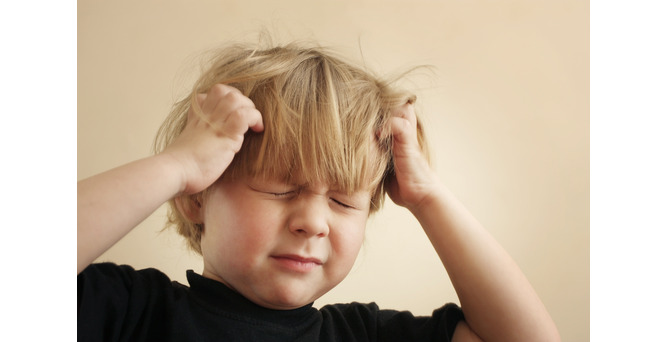
Your child often scratches his head and has intense itching: if he or she attends school or a community environment such as kindergarten, oratory or gym, he or she may have lice . Don't panic, it's a common problem for young children. Let's see how to easily recognize pediculosis, and how to eliminate lice.
What is it and how does lice infection manifest itself?
Head lice - pediculi humanus capitis - that nest in children's hair are parasites that can survive only by feeding on the blood of a human being, which is obtained by stinging the scalp. The typical itching is caused by an allergic reaction to the saliva of the insect and appears a few weeks after the first stings.
Pediculosis prevention: it has nothing to do with poor hygiene
Lice infestation - or pediculosis - spreads very quickly and cannot be prevented but only limited with correct behavior. A myth to be debunked is that pediculosis is linked to poor hygiene. Actually, the opposite is true: lice prefer clean hair, on which they take root by depositing eggs, or nits. Some individual characteristics, such as hair type or skin odor, cause some children to catch their lice more frequently than others.
Constant monitoring is the only effective prevention
Lice survives for about a month on the head and no more than 2 days in the environment. While it is difficult to see an adult insect, if not when infestation is at an advanced stage, the eggs which are laid at the root of hair, especially on the nape of the neck and behind the ears, are clearly visible. They are opalescent, about 1 mm long and elongated. The only effective prevention for lice is the constant control of hair: better in natural light, with a magnifying glass and with the help of a comb with very fine teeth.
What if there's lice?
Once the infestation has occurred, a pesticide treatment is necessary to eliminate the lice, immediately notifying the school or kindergarten to limit the spread as much as possible. A rinse with water and vinegar favors the elimination of eggs. Siblings, family members and people with whom they have close contact should also be treated with the eradicating shampoo. Pesticide treatment can be avoided if the eggs are few by removing the nits with a comb . This operation should be repeated every 3-4 days for at least 2 weeks.
Despite the fact that this is a relatively harmless parasite, constant attention is therefore required: control and timely action at the sight of the first nits or parasites are therefore the best strategy to avoid infestation
